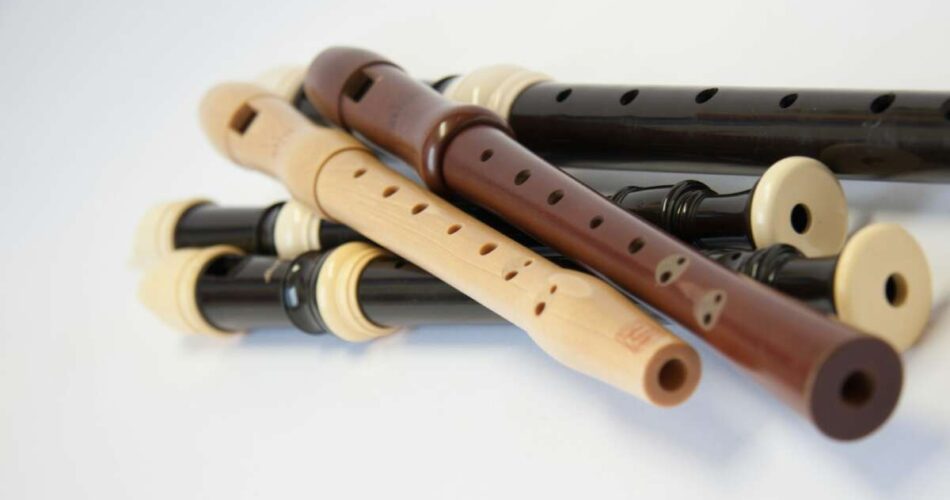- Class: Primary 1
- Term: 3rd Term
- Week: 9
- Age: 6 years
- Duration: 40 minutes
- Date:
- Subject: Basic Science Technology
- Curriculum Theme: Basic Technology
- Topic: Local Instruments That Produce Sound
- Content: Examples Of Local Instruments That Produce Sound
Specific Objectives:
- Cognitive Domain: Pupils should be able to list at least two local instruments that produce sound.
- Affective Domain: Pupils should show appreciation for local culture and the diversity of musical instruments.
- Psychomotor Domain: Pupils should be able to make a simple sound-making instrument.
- Social Domain: Pupils should be able to work in groups to list local instruments and discuss their importance in cultural events.
Reference Materials:
- 9 – Years Basic Education Curriculum
- Abuja Educational Resource Centre Scheme of work
- NAPPS National Unified Scheme of Work
- Online Information
- Textbooks
Instructional Materials:
- Pictures of local instruments
- Audio recordings of local instruments
- Materials for making simple instruments (e.g., rubber bands, empty cans)
Rationale for the Lesson:
Understanding local instruments that produce sound enriches pupils’ knowledge of their cultural heritage, fosters appreciation for diversity in music and sound production, and stimulates interest in exploring the science behind sound.
Prerequisite/Previous Knowledge:
Pupils are expected to have participated in social activities where music was played and have basic knowledge of common sounds.
INSTRUCTIONAL PROCEDURES:
Content Development: Local Instruments That Produce Sound
| Content | Time | Teaching Method | Teaching Strategy | Teacher’s Activity | Pupil’s Activity | Learning Point |
|---|---|---|---|---|---|---|
| Step 1: Introduction | 5 min | Discussion | Question And Answer | Introduce the topic and engage pupils by asking about any musical instruments they know. | Pupils share their experiences with music and instruments. | Understanding the day’s topic. |
| Step 2: Identification | 10 min | Demonstration & Inquiry | Interactive demonstration | Show pictures and play audio of local instruments. Guide pupils to identify the sounds. | Pupils listen to sounds, identify instruments, and express feelings about them. | Recognizing local instruments and their sounds. |
| Step 3: Group Activity | 10 min | Group Work | Guided practice | Divide pupils into groups, providing materials to create simple sound-making instruments. | In groups, pupils create simple instruments and produce sounds. | Creativity in producing sound with simple materials. |
| Step 4: Presentation & Discussion | 10 min | Presentation | Group work | Facilitate group presentations of their homemade instruments. Discuss the cultural significance of local instruments. | Groups present their instruments. Discuss what they learned about the instruments’ cultural importance. | Appreciating the role of instruments in culture. |
| Step 5: Conclusion | 5 min | Summary & Reflection | Recap | Summarize the lesson, emphasizing the key points and the importance of local instruments. | Pupils reflect on what they learned and share their thoughts. | Reinforcing the lesson’s key points. |
Classroom Note:
Examples Of Local Instruments That Produce Sound
- Drum – A common instrument used in many cultures for communication and music.
- Flute – A wind instrument made from bamboo, wood, or metal.
- Shekere – A percussion instrument made from a dried gourd with beads woven into a net covering it.
- Mbira (Thumb Piano) – A small instrument with metal tines attached to a wooden board.
- Talking Drum – A drum that can mimic the tone and prosody of human speech.
Evaluation Questions:
- Can you name two local instruments that produce sound?
- What material is the Shekere made from?
- Why do you think it’s important to know about our local instruments?
Note to Teachers:
Feel free to use multimedia resources to make the lesson more engaging. Encourage pupils to bring any local instruments they have at home and share stories about them. Adapt the group activity based on available materials and consider the cultural relevance of the instruments featured in the lesson.

